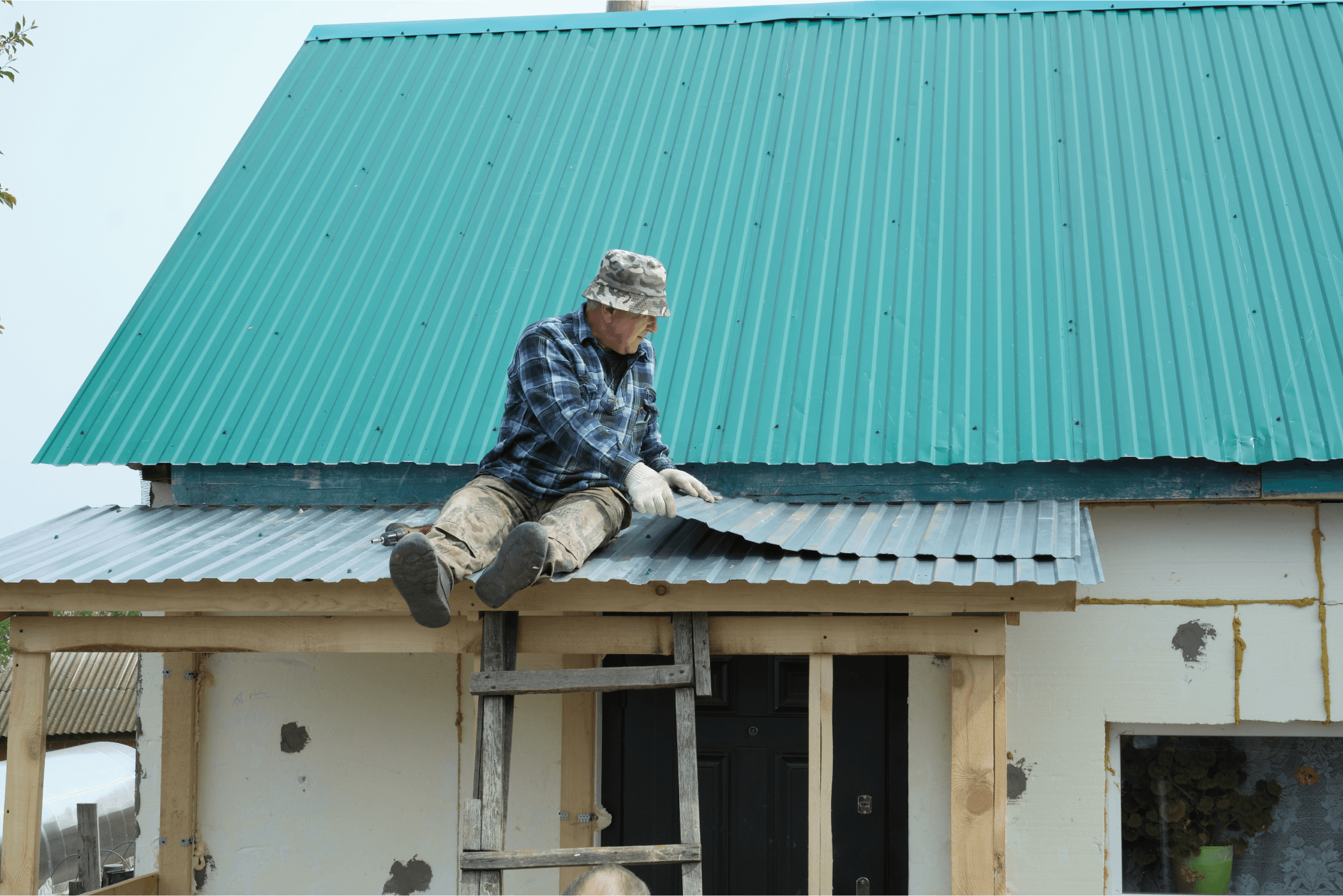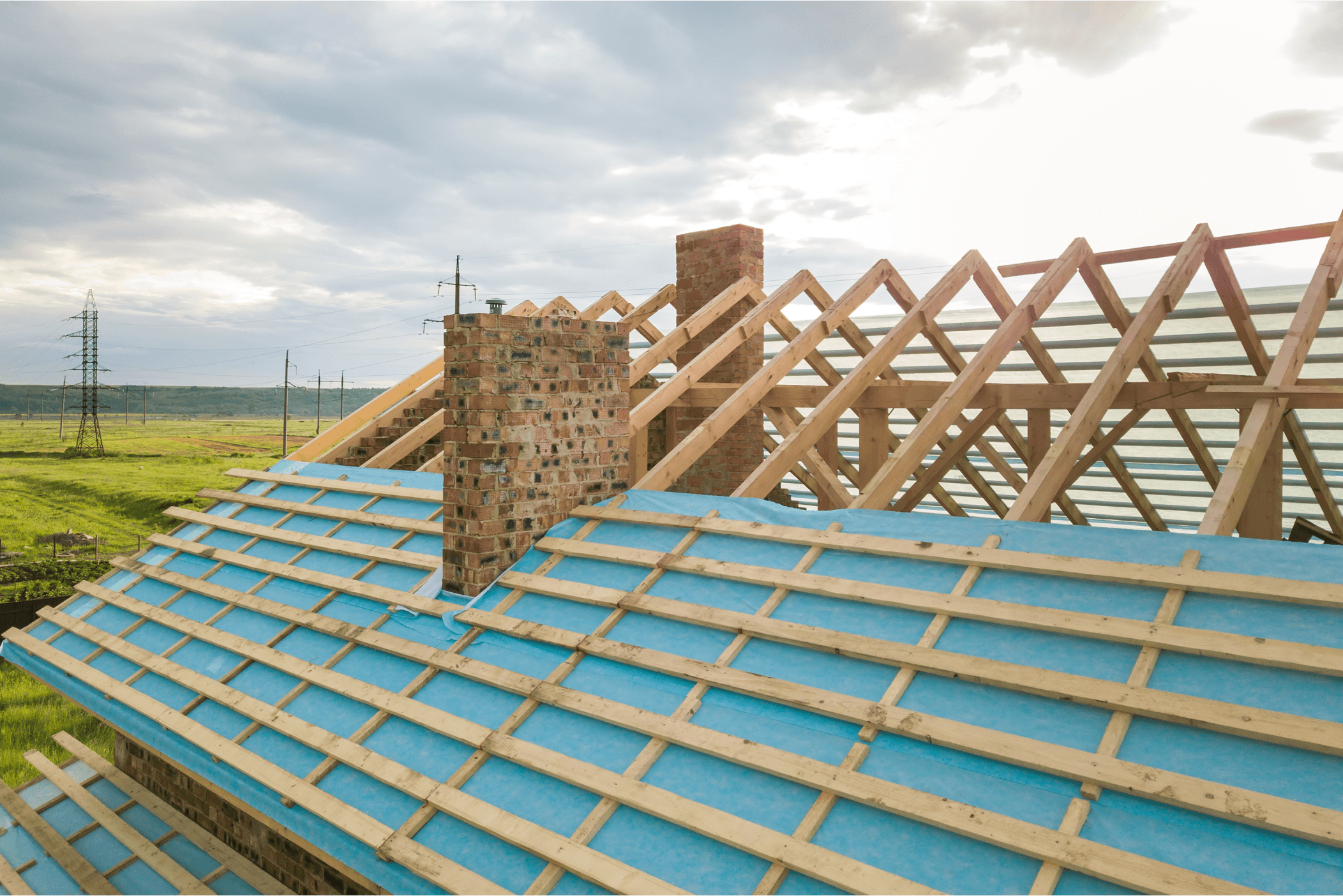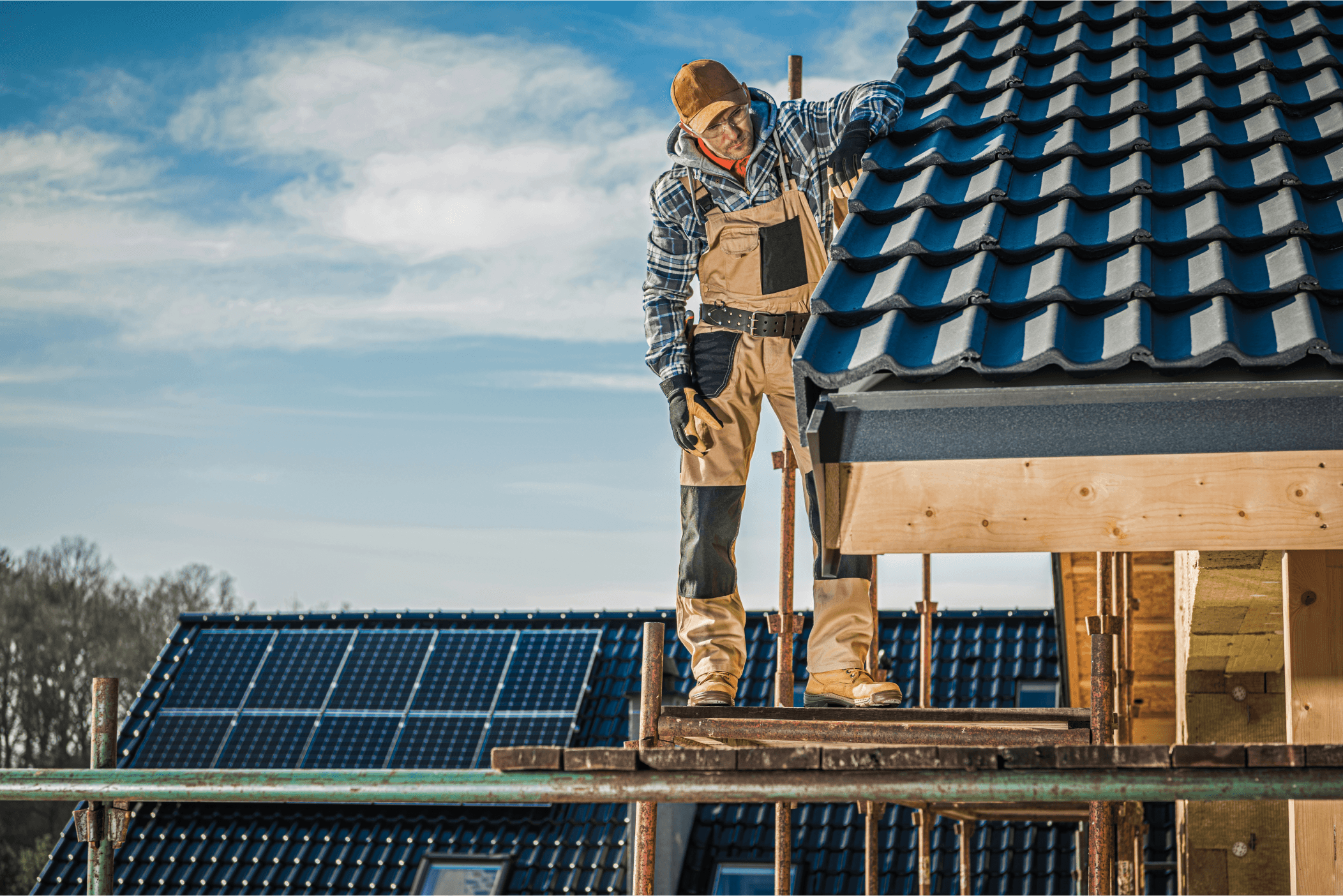How Weather Affects Your Roof and What You Can Do About It
How Weather Affects Your Roof and What You Can Do About It
Your roof is your home’s first line of defense against the elements—but over time, weather can take a serious toll. Understanding how different weather conditions affect your roof helps you protect your investment and avoid costly repairs.
1. Rain & Moisture
The Impact:
Constant rain can lead to leaks, rot, mold, and weakened shingles—especially if your roof has poor drainage or damaged flashing.
What You Can Do:
Keep gutters clean and unclogged
Inspect for missing or cracked shingles after heavy storms
Ensure proper attic ventilation to prevent moisture buildup
2. Snow & Ice
The Impact:
Snow adds weight, and melting snow can refreeze at the edges, forming ice dams that force water under shingles.
What You Can Do:
Use a roof rake to safely remove excess snow
Insulate your attic to reduce heat loss and ice dam formation
Install ice and water shields under shingles
3. Wind
The Impact:
High winds can lift and tear off shingles, especially at the roof edges, leading to leaks and water damage.
What You Can Do:
Choose wind-resistant shingles (look for ratings up to 130 mph)
Have a roofing contractor inspect for loose shingles or flashing
Reinforce roofing edges if you're in a high-wind area
4. Hail
The Impact:
Hail can dent metal roofs, crack shingles, and even damage underlying layers—compromising the roof’s integrity.
What You Can Do:
Consider impact-resistant roofing materials
Schedule a roof inspection after any major hailstorm
Document damage for insurance claims
5. Sun & Heat
The Impact:
UV rays and heat break down roofing materials over time, causing them to crack, curl, or fade—especially on older asphalt roofs.
What You Can Do:
Use UV-resistant shingles or reflective roofing materials
Ventilate your attic to reduce heat buildup
Schedule regular maintenance to catch wear early
6. Humidity
The Impact:
Excess humidity encourages mold and mildew growth, especially if your attic is poorly ventilated.
What You Can Do:
Ensure proper attic and roof ventilation
Fix any leaks or trapped moisture quickly
Use mold-resistant roofing materials if needed
Final Tips for Homeowners
Inspect your roof at least twice a year (spring and fall)
After any major storm, get a professional roof inspection
Keep trees trimmed to avoid damage from falling branches
Act fast on minor issues to avoid major repairs
Worried About Weather Damage?
At 315-Roofing, we help homeowners repair, reinforce, and weatherproof their roofs to stand up to the elements. Contact us today for a free inspection.



